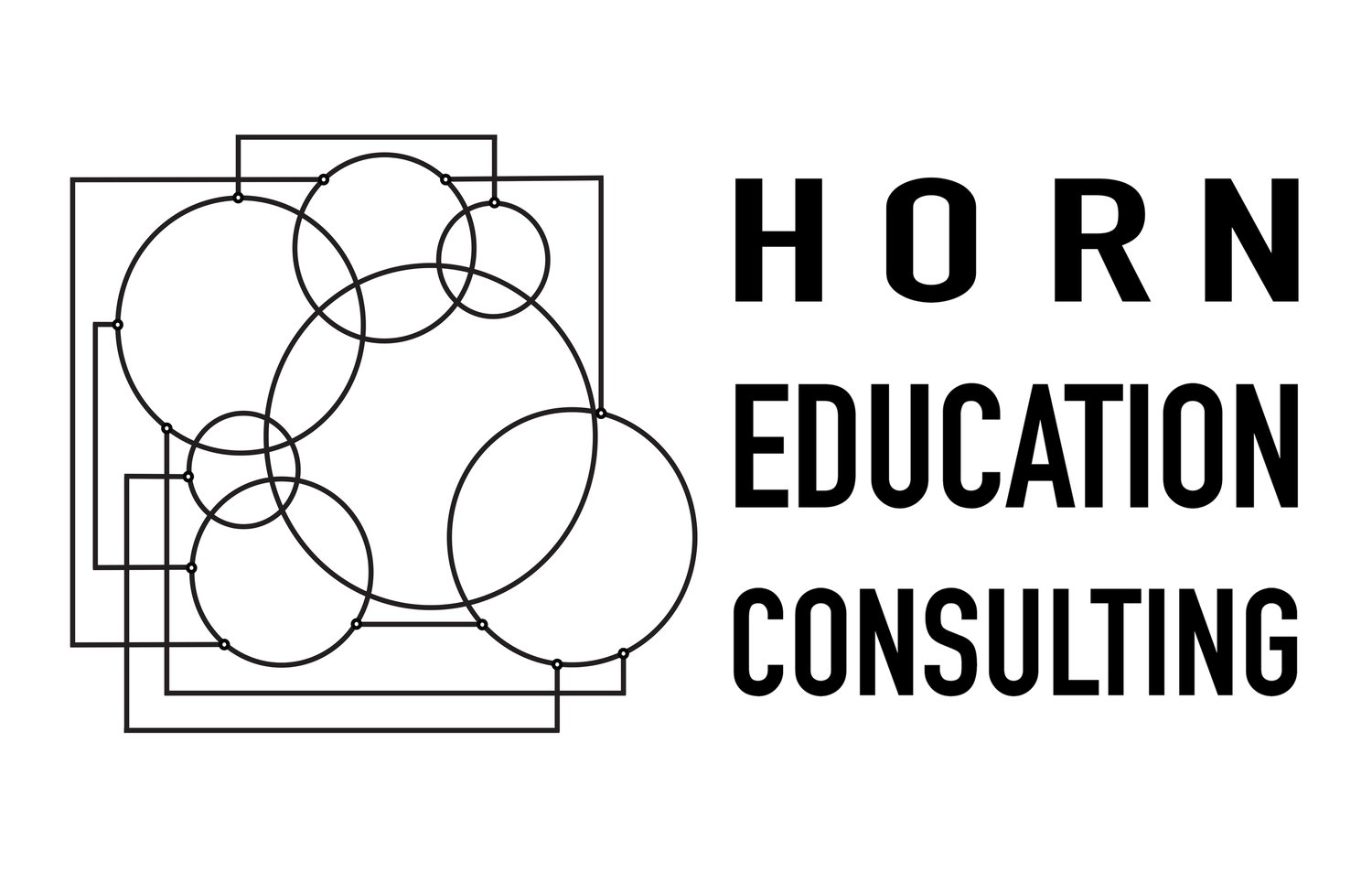Our core interests are our best motivators.
“Check the SCARF,” Athena said. “The SCARF keeps you cozy, which lets you be you, and do your best work. Mess with people’s SCARF and there will be problems.”
Several years ago, progressive education leader Athena Fliakos shared her favorite metaphor for social threats. Developed by David Rock and the Neuro-Leadership Institute, the acronym is modified here to stand for the basic human needs that motivate our behavior–including our best work. When our core interests are compromised, so is our effectiveness. SCARF stands for:
Security–adequate food and shelter, personal safety and financial stability
Competence–ability to do daily tasks well–and the opportunity to work toward mastery
Autonomy–self-direction in life and work
Relatedness–connection to others as accepted member of peer group, and to a meaningful larger purpose
Fairness–being fairly seen and recognized
Many times I have seen school leaders honorably respond to a crisis in personal security, such as when teachers or paraprofessionals have lost homes to fire or flooding. When colleagues and others in the school community contribute money or supplies, the spike in relatedness feels good. However, there’s more that school leaders can do to enhance teachers’ SCARF. Some questions to ask:
Competence
What opportunities does this school provide for teachers to attain greater mastery of the art and science of teaching?
How do we draw upon the talents of master teachers?
Are there goals for organizational learning? How are we as a school getting smarter and better at what we do?
Autonomy
How does this school honor teachers’ autonomy? To what extent do they perceive discretion in how they bring curriculum to life? How are they engaged as teacher-leaders?
Are administrative requirements presented as ways to hold teachers accountable–or as expectations that teachers will find success?
How much messaging from the main office is related to control?
Relatedness
How does this school express its larger purpose? How meaningful is this purpose to teachers and other staff?
Do teachers and other staff feel connected to one another, or is there a sense of professional isolation at work?
AFTERWORD: SHOUT-OUT TO MASLOW
Since the psychologist Abraham Maslow published his ideas about human motivation in the 1940s, businesses and other organizations have tried to capitalize on his theory. The problem is that his “hierarchy of needs” is significantly more nuanced than the popular reductions often presented in textbooks as a tidy pyramid resting on PHYSIOLOGICAL NEEDS at the base, with narrower bands of SAFETY, LOVE, ESTEEM, and finally SELF-ACTUALIZATION at the apex. Maslow himself never presented such a clean image, and in fact took pains to clarify his position: “We have spoken so far as if this hierarchy were a fixed order but actually it is not nearly as rigid as we may have implied.” He also emphasized that the “lower” needs don’t need to be completely satisfied before the next “higher” need emerges in consciousness, and that the average person “is most often partially satisfied and partially unsatisfied in all of his wants.”
I include a shout-out to Maslow because his work laid the foundation for recent contributions by Dan Pink, Susan Fowler and others interested in motivation. It’s not Maslow’s fault that business leaders took his ideas to mean that financial incentives (which target the two “lowest” needs in the hierarchy) should become the most widely-used motivation tactic in business today–not to mention the much-touted reform of “merit pay” for public school teachers. Rather, Maslow should be credited for identifying a range of psychological motivators that (together with biology, culture, and the exigencies of the current situation) determine the behavior of healthy human beings. Pink’s emphasis on “Autonomy, Purpose, and Mastery” as well as Fowler’s keys of “Autonomy, Relatedness, and Competence” highlight needs Maslow first discussed over seventy years ago.
REFERENCES
Fowler, Susan. Why Motivating People Doesn’t Work … And What Does: The New Science of Leading, Energizing, and Engaging (Berrett-Koehler Publishers, 2014).
Maslow, A. H. “A Theory of Human Motivation" Psychological Review, vol. 50 (July 1943) pp. 370-396.
Pink, Dan. Drive: The Surprising Truth about What Motivates Us (Riverhead Books, 2009).
[Article copyright 2015 by Peter Horn, Ed. D. Image from theincrediblestuffs.blogspot.com.]


